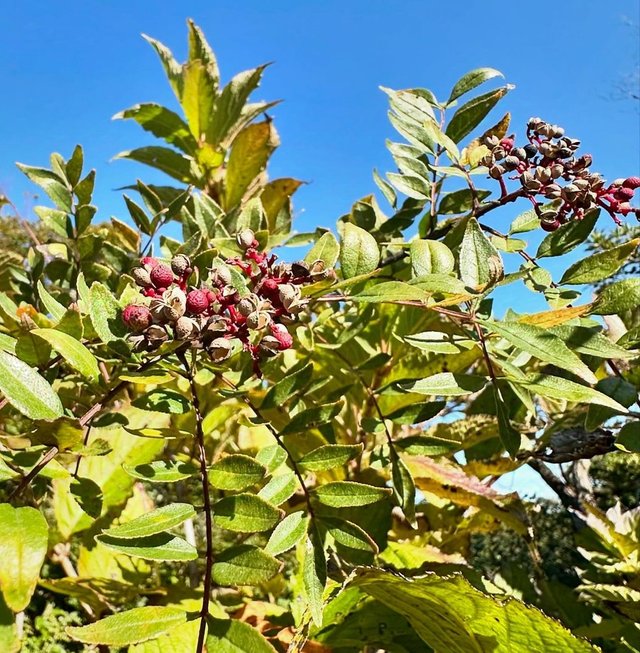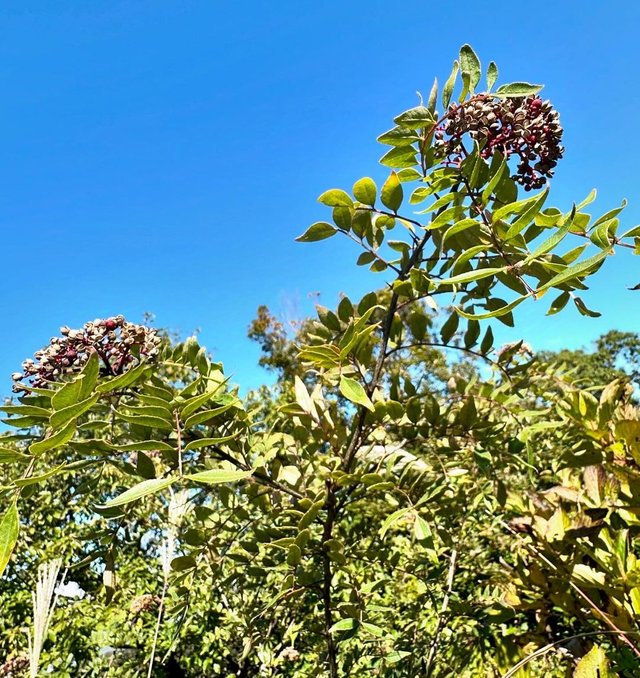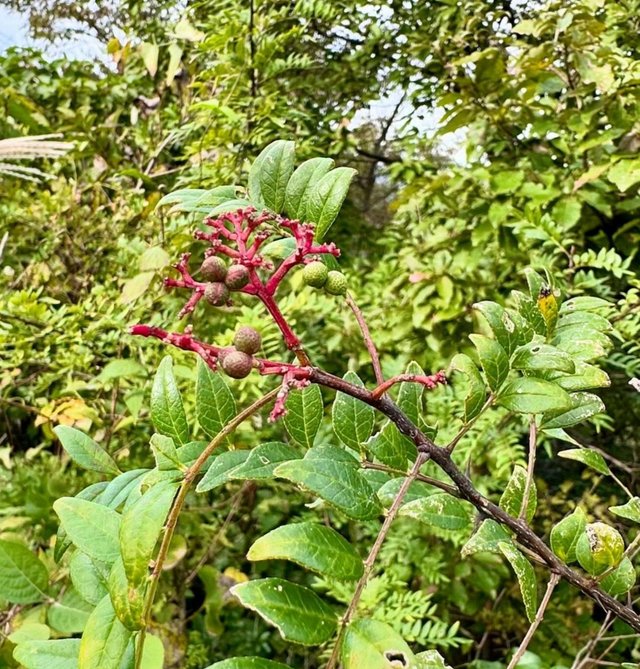So Beautiful Zanthoxylum Schinifolium Flower
Exploring Zanthoxylum schinifolium: The Versatile Herb with a Rich History
Zanthoxylum schinifolium, also known as Sichuan pepper, Korean pepper tree, or “chopi” in Korean, is a fascinating and versatile plant native to East Asia. A member of the Rutaceae family, it is closely related to other Zanthoxylum species like Zanthoxylum piperitum and Zanthoxylum armatum. This plant is valued not only for its culinary uses but also for its medicinal, ecological, and cultural significance. Let’s delve deeper into what makes Zanthoxylum schinifolium such a remarkable species.
Botanical Overview
Zanthoxylum schinifolium is a deciduous shrub or small tree that typically grows to a height of 2–6 meters. Its key identifying features include:
Leaves: Compound leaves with a distinctive, aromatic fragrance, resembling those of the Schinus genus. Each leaflet is ovate to lanceolate with serrated edges.
Flowers: Small and yellow-green, blooming in late spring to early summer. The plant is dioecious, meaning male and female flowers grow on separate plants.
Fruits: Tiny, red to brown capsules that split open to reveal glossy black seeds. The outer husks, not the seeds, are the source of its famed numbing and citrusy flavor.
This plant thrives in well-drained soils, often in sunny or slightly shaded environments. It is commonly found in forests, mountainous areas, and cultivated farmlands in Korea, China, and Japan.




